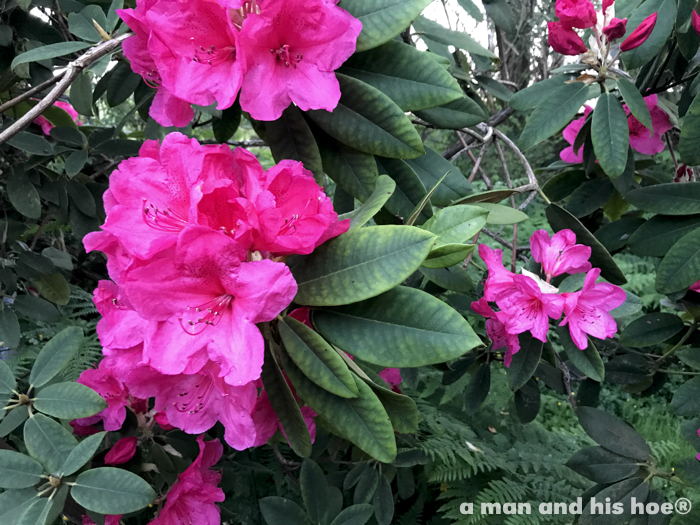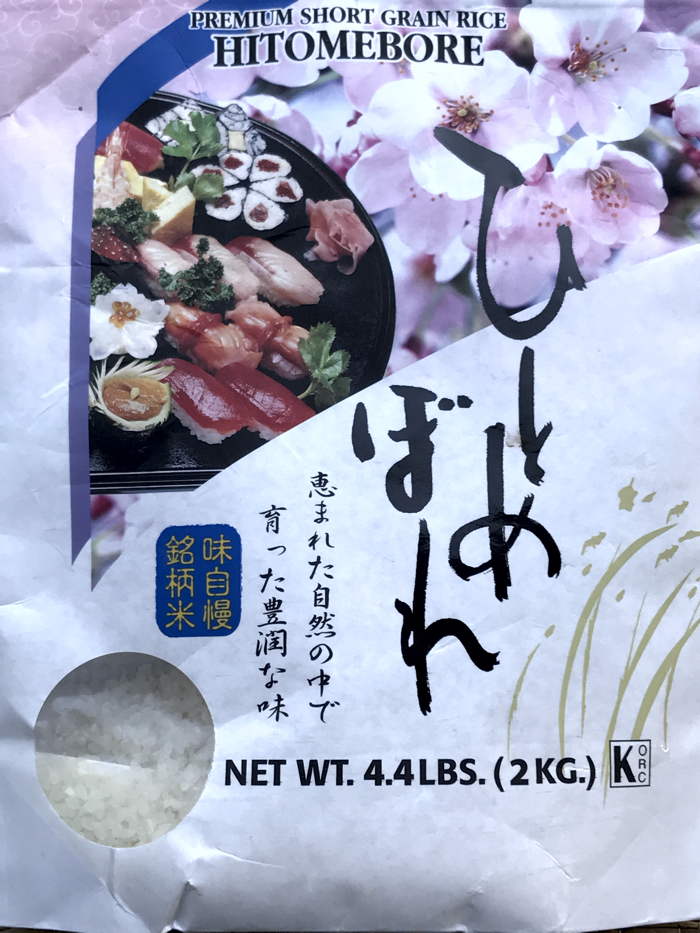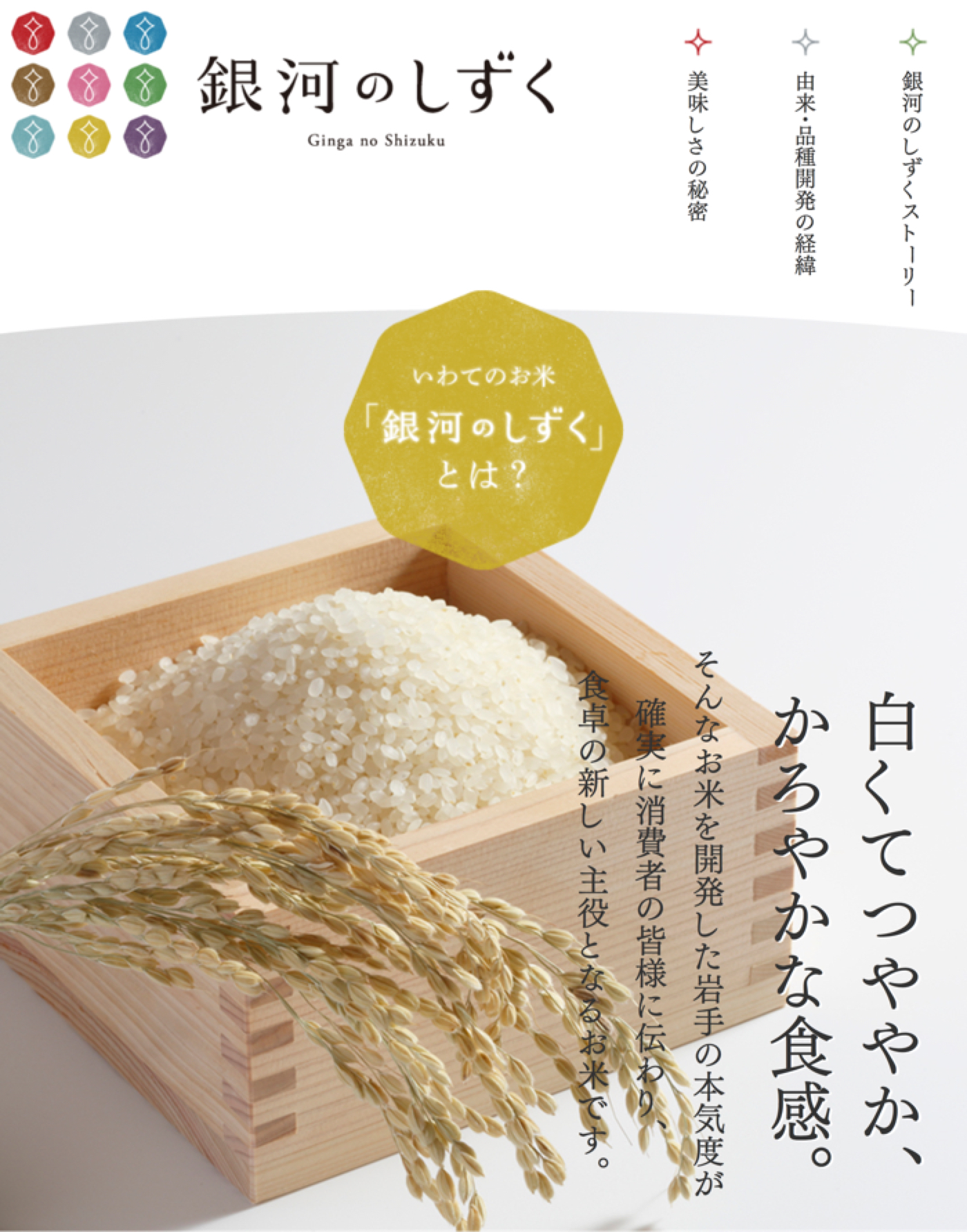
On a cool, Sunday morning, it’s refreshing to see the pink rhododendron in bloom. The dogs are off in the woods trying to find something to chase. I’ve come to the conclusion that dogs, at least our dogs, do not have a sense of time. While sitting at the bottom of a tree, watching a squirrel or chipmunk up in the branches, the dogs will spend hours, transfixed. One minute, an hour, two hours, it’s all the same to them.

I recently purchased some white rice to serve to guests. It’s been a long time since I’ve gotten white rice, and I’d forgotten how small the grains of white rice are compared to brown rice. The number of brands of white rice for sale in Japan is endless. The one I purchased is called Hitomebore, which means “Love at First Sight”. Competition to create the best tasting rice is fierce, with new varieties appearing every year.
The brand names are smile-worthy: Blue Sky Thunder, Charming Princess, Light of the Sun, First Frost, Dream Fulfillment, Water Mirror, Drops of the Milky Way, and on and on. In 2016, the Japan Grain Inspection Association (JGIA) judged 44 rice varieties as A+, 79 varieties as A, and 18 varieties as A-, that is 141 varieties of rice. Somewhere, there must be a rice expert, who by sampling a single grain of rice on their tongue, can tell you the variety, the place the grain of rice was grown, what the weather was during that growing season, and even how many egrets walked through the rice field where that rice was grown.
The JGIA has a Ranking Map with all the areas of Japan where you can see which rice varieties from that area received a grade A- or higher. Click on an area, and you’ll see where the rice was grown, the variety type, and the grade.


Curious about the Drops of the Milky Way rice, I looked at their website, and it goes into great detail about the history of the variety of rice, how it was developed, and which rice varieties were cross bred to produce it, Okubane 400 x Hokuriku 208, if you want to know. In 2008, a select few specimens were selected out of 2,000 crosses, and in 2010, these were further refined down to 13 specimens which tasted especially good, could withstand cool weather, had few broken husks, and were resistant to diseases. From 2012 through 2014, the new variety of rice was grown in six different places in Iwate prefecture, and in 2015, the prefecture started promoting this new rice.
The name, Drops of the Milky Way, was chosen because the shiny grains of rice shine like the individual stars in the Milky Way.
For your information, the rice variety, Love at First Sight ひとめぼれ, appeared in the early 1990s. Work on the rice variety was started in 1981, the name registered in 1991, and the rice variety was registered under Japan’s Seed and Sapling Law in 1992.
Leave a Reply
You must be logged in to post a comment.